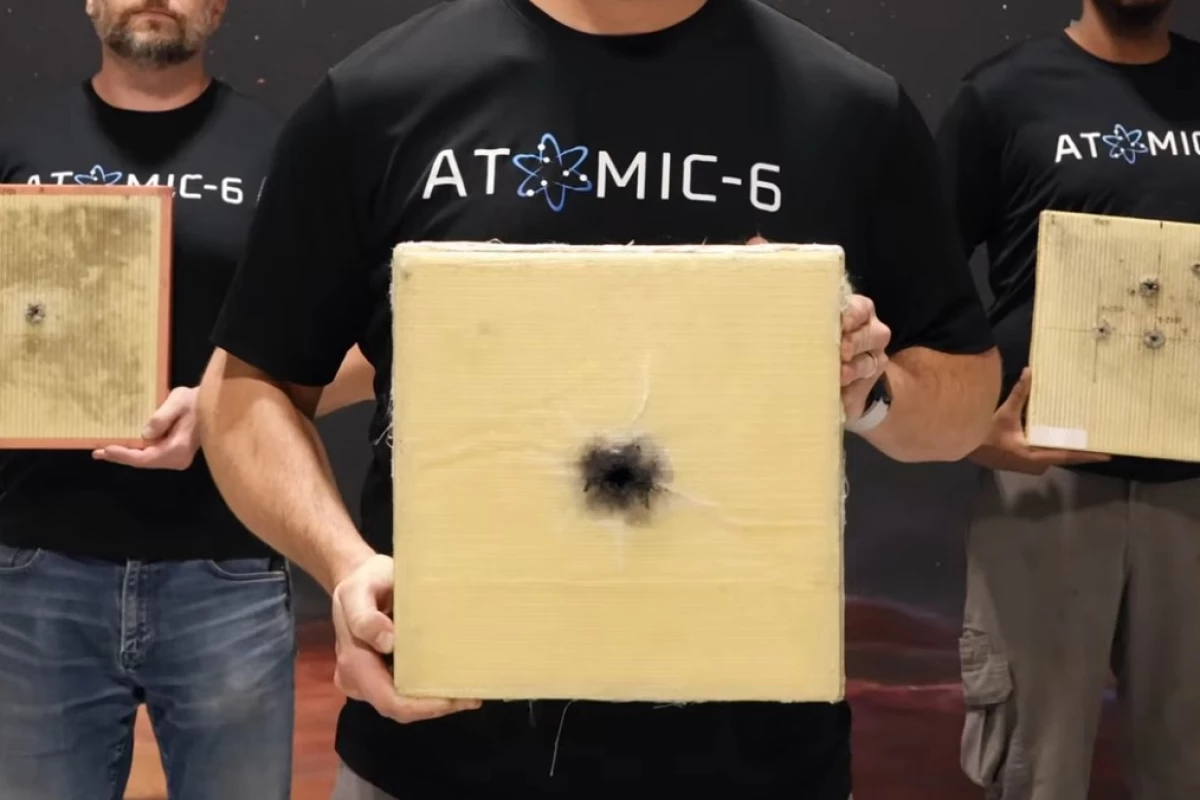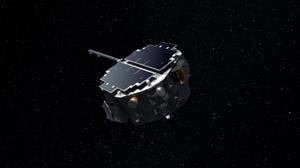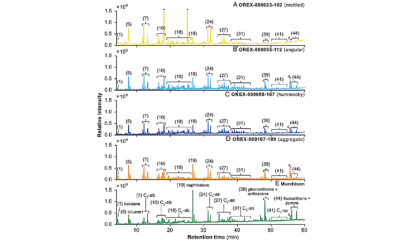Science
Atomic-6 Unveils Space Armor to Shield Satellites from Debris

The increasing risk of satellite collisions due to space debris has prompted innovative solutions, with Atomic-6 announcing its new Space Armor tiles that promise enhanced protection against hypersonic impacts. Currently, there are more than 130 million pieces of debris orbiting Earth, with most being smaller than a paint chip. Despite their size, these fragments can cause catastrophic damage when colliding with satellites traveling at hypersonic speeds.
As the problem of space debris grows, significant efforts are underway to mitigate risks. These include improved tracking systems and protocols for decommissioning defunct satellites. A critical method of protection involves enhancing spacecraft with armor designed to withstand impacts. The well-known Whipple Shield, developed by astronomer Fred Whipple in the 1940s, has been a standard defense. This multi-layered shield, used on the Apollo Command Module and Lunar Module, dissipates energy from micrometeorite impacts.
Despite its historical importance, the Whipple Shield has limitations. It is complex to manufacture, heavy, and can generate additional debris when struck, undermining its intended purpose. In response, Atomic-6 has developed Space Armor, a new protective solution that aims to address these shortcomings.
Innovative Design and Performance
Space Armor, created over an 18-month research period, consists of tiles made from a proprietary polymer, the specific composition of which remains undisclosed. Each tile measures one foot by one foot (30 cm by 30 cm) and is one inch (2.5 cm) thick, though custom sizes up to 3.3 ft by 3.3 ft (1 m by 1 m) are available. According to Atomic-6, this new armor can withstand impacts exceeding 4.35 miles per second (7 km/s), producing significantly less debris upon impact compared to existing solutions.
The range of Space Armor includes a lightweight variant capable of managing up to 90% of space debris up to 3 mm in diameter, alongside a heavier model designed for larger debris up to 12.5 mm. One of the most notable advantages of Space Armor over the Whipple Shield is its radio transparency. Unlike the Whipple Shield, which acts as a Faraday cage and obstructs radio signals, Space Armor allows for the integration of radar and communication equipment without sacrificing protection.
Strategic Importance in Modern Space Operations
Trevor Smith, CEO of Atomic-6, emphasized the significance of this advancement, stating, “This is a big deal. We made the first radomes that can stop orbital debris. You don’t have to sacrifice communications to protect your spacecraft anymore.” He further remarked on the necessity of such technologies in light of rising geopolitical tensions and the increasing threat of space-based attacks. “Protecting satellites and astronauts from both deliberate strikes and accidental debris collisions is no longer optional; it’s essential.”
As space exploration continues to expand and the number of satellites increases, the development of effective protective measures becomes crucial. Atomic-6’s Space Armor represents a step forward in ensuring the safety of critical space operations, safeguarding both equipment and personnel in an increasingly hazardous environment.
-

 Technology5 months ago
Technology5 months agoDiscover the Top 10 Calorie Counting Apps of 2025
-

 Health3 months ago
Health3 months agoBella Hadid Shares Health Update After Treatment for Lyme Disease
-

 Health3 months ago
Health3 months agoErin Bates Shares Recovery Update Following Sepsis Complications
-

 Technology4 months ago
Technology4 months agoDiscover How to Reverse Image Search Using ChatGPT Effortlessly
-

 Technology1 month ago
Technology1 month agoDiscover 2025’s Top GPUs for Exceptional 4K Gaming Performance
-

 Technology3 months ago
Technology3 months agoElectric Moto Influencer Surronster Arrested in Tijuana
-

 Technology5 months ago
Technology5 months agoMeta Initiates $60B AI Data Center Expansion, Starting in Ohio
-

 Technology5 months ago
Technology5 months agoRecovering a Suspended TikTok Account: A Step-by-Step Guide
-

 Health5 months ago
Health5 months agoTested: Rab Firewall Mountain Jacket Survives Harsh Conditions
-

 Lifestyle5 months ago
Lifestyle5 months agoBelton Family Reunites After Daughter Survives Hill Country Floods
-

 Health3 months ago
Health3 months agoAnalysts Project Stronger Growth for Apple’s iPhone 17 Lineup
-

 Technology4 months ago
Technology4 months agoHarmonic Launches AI Chatbot App to Transform Mathematical Reasoning




















